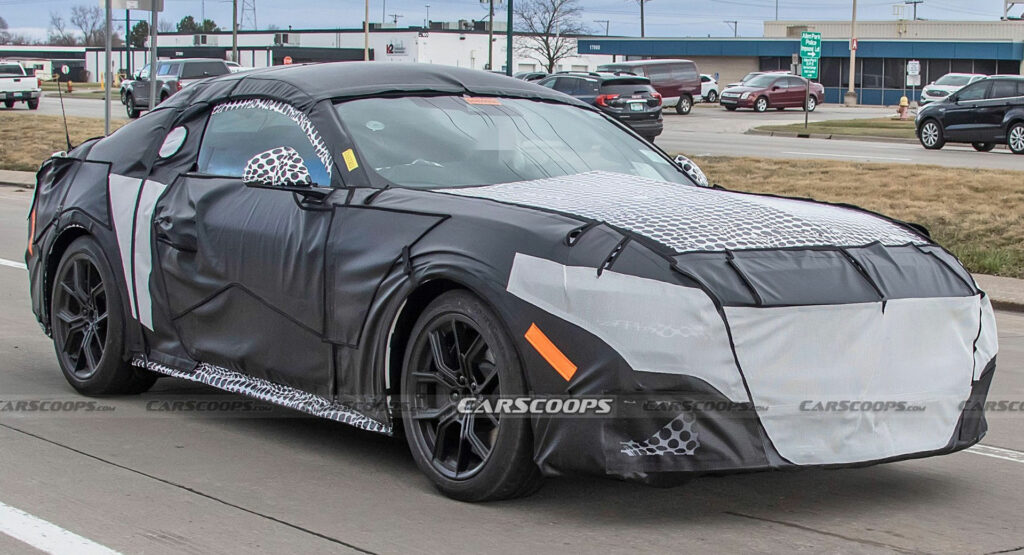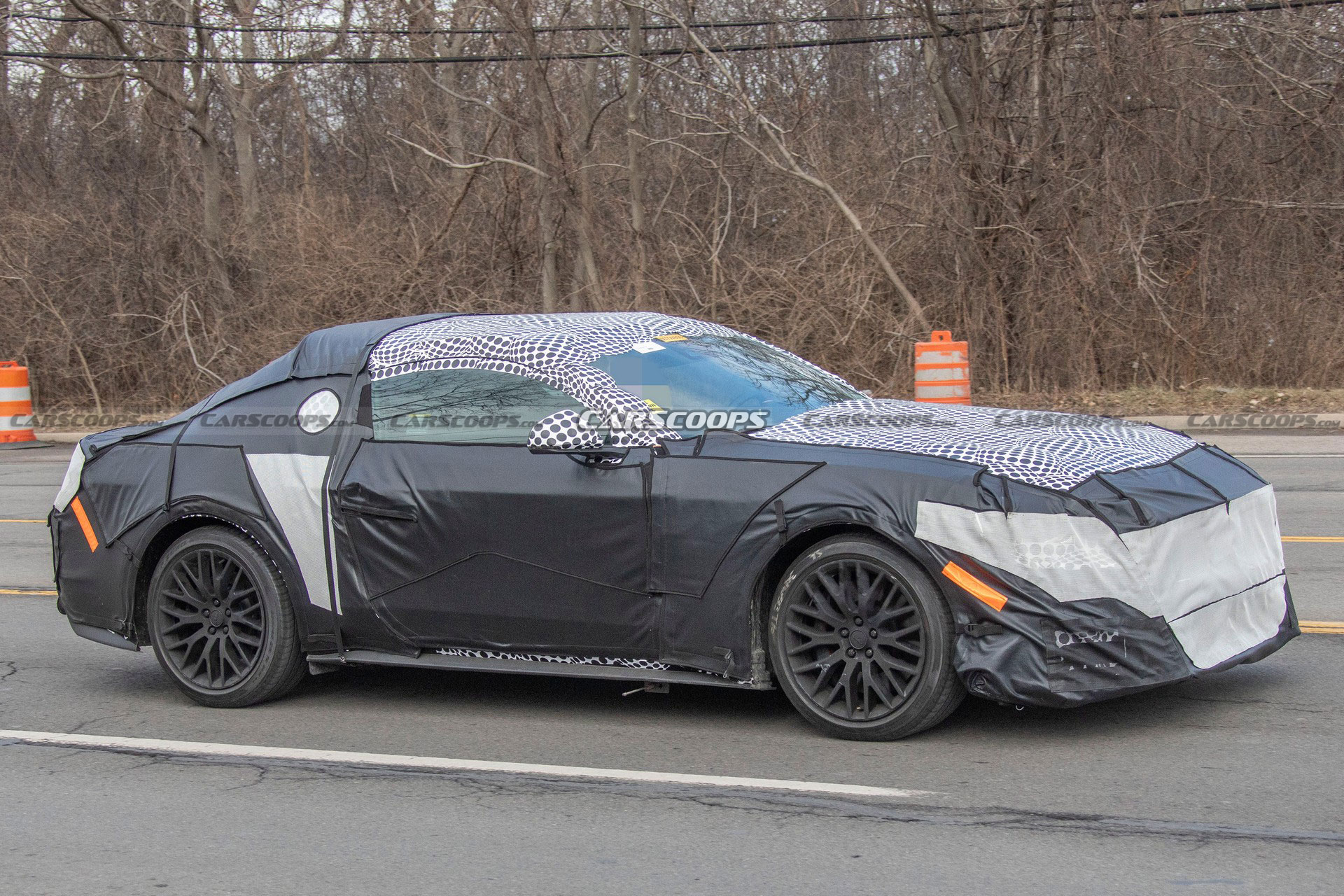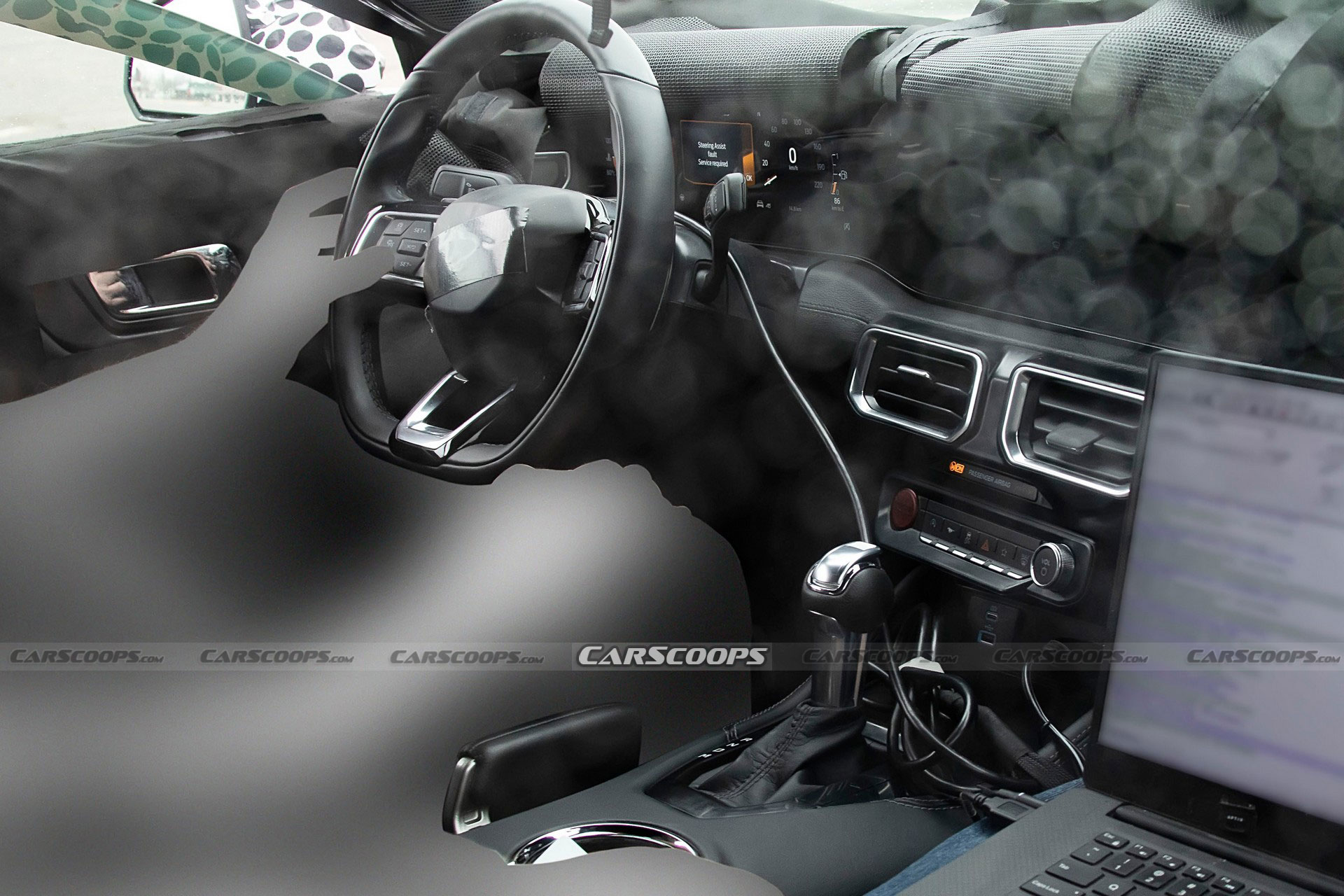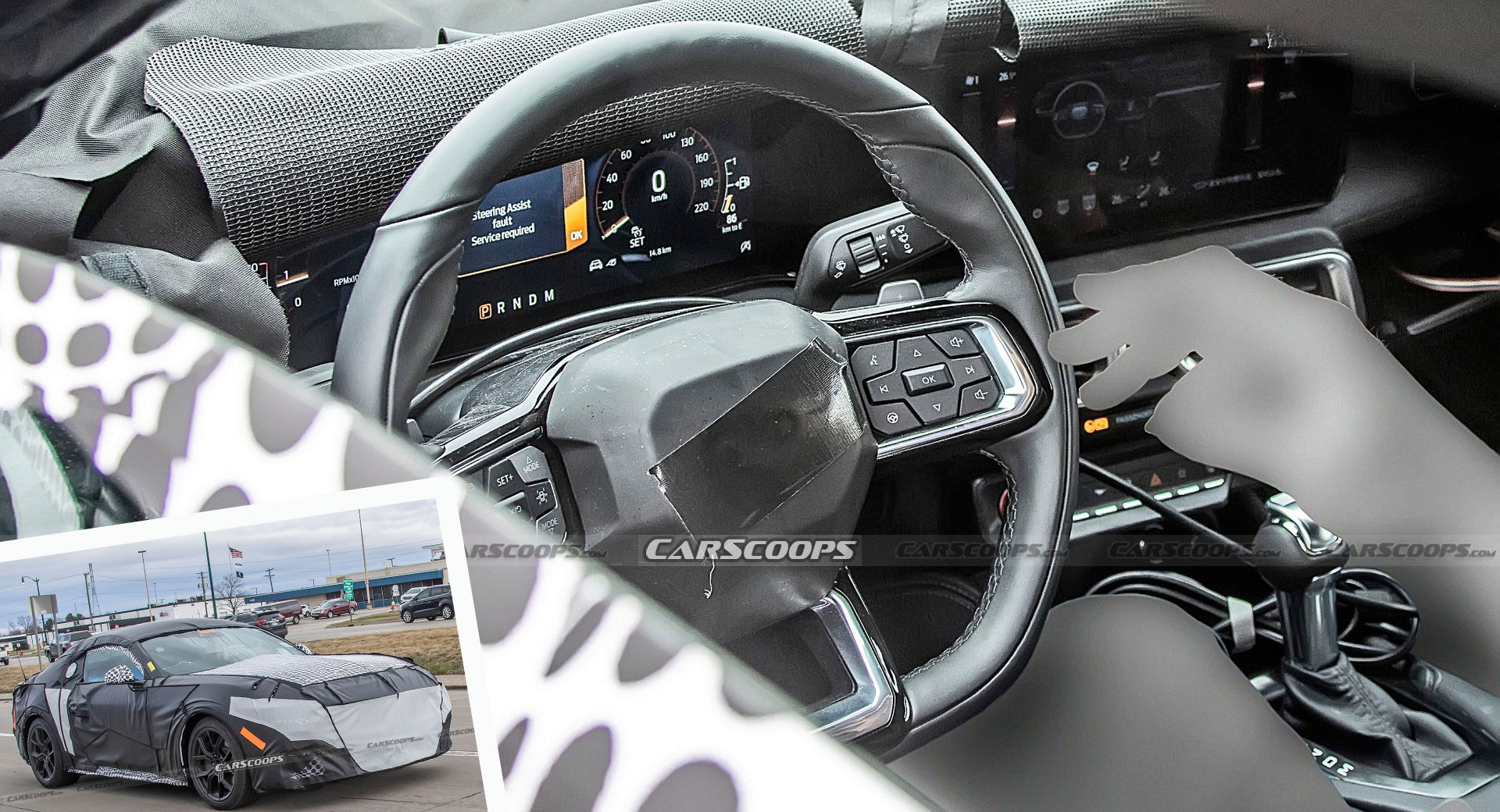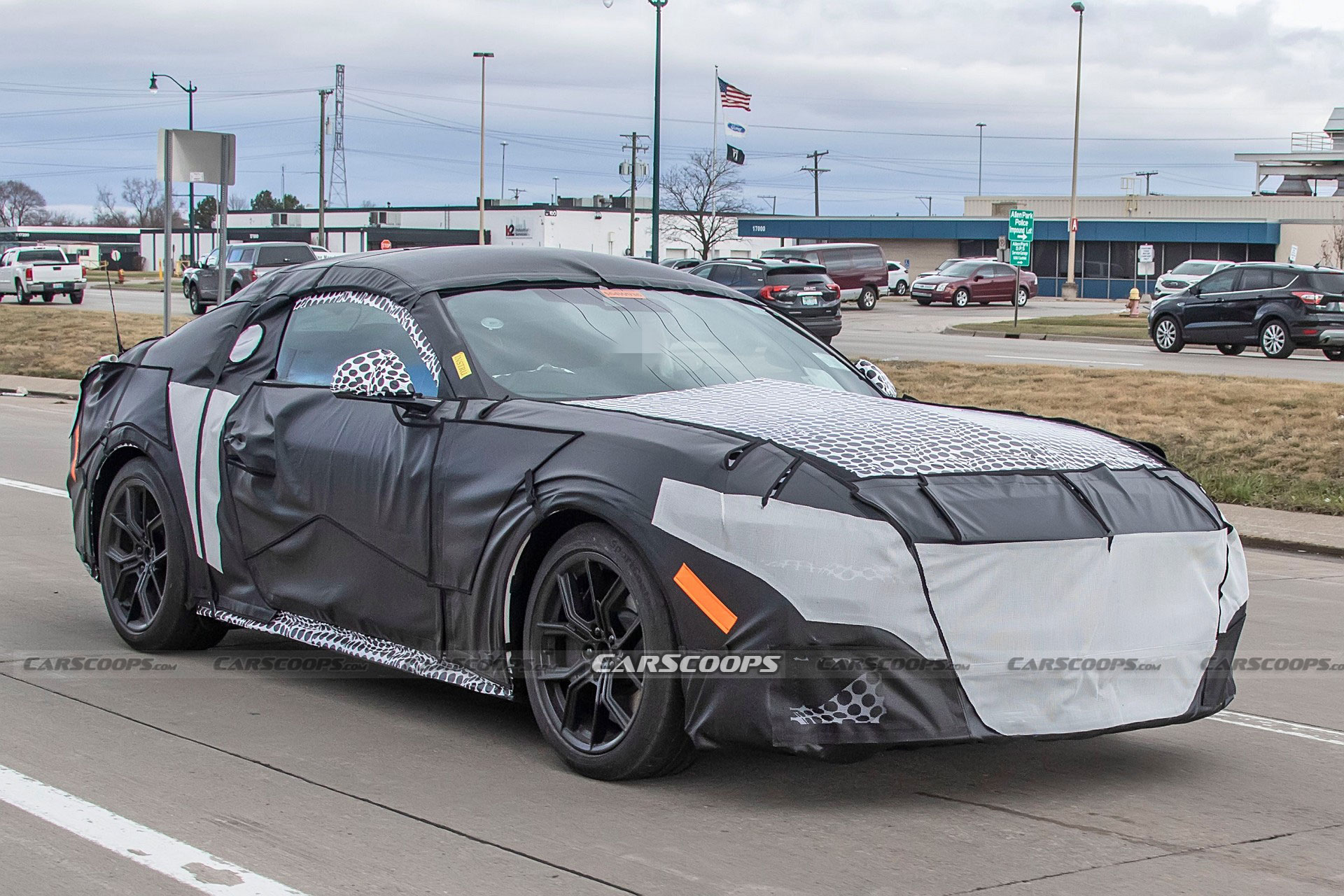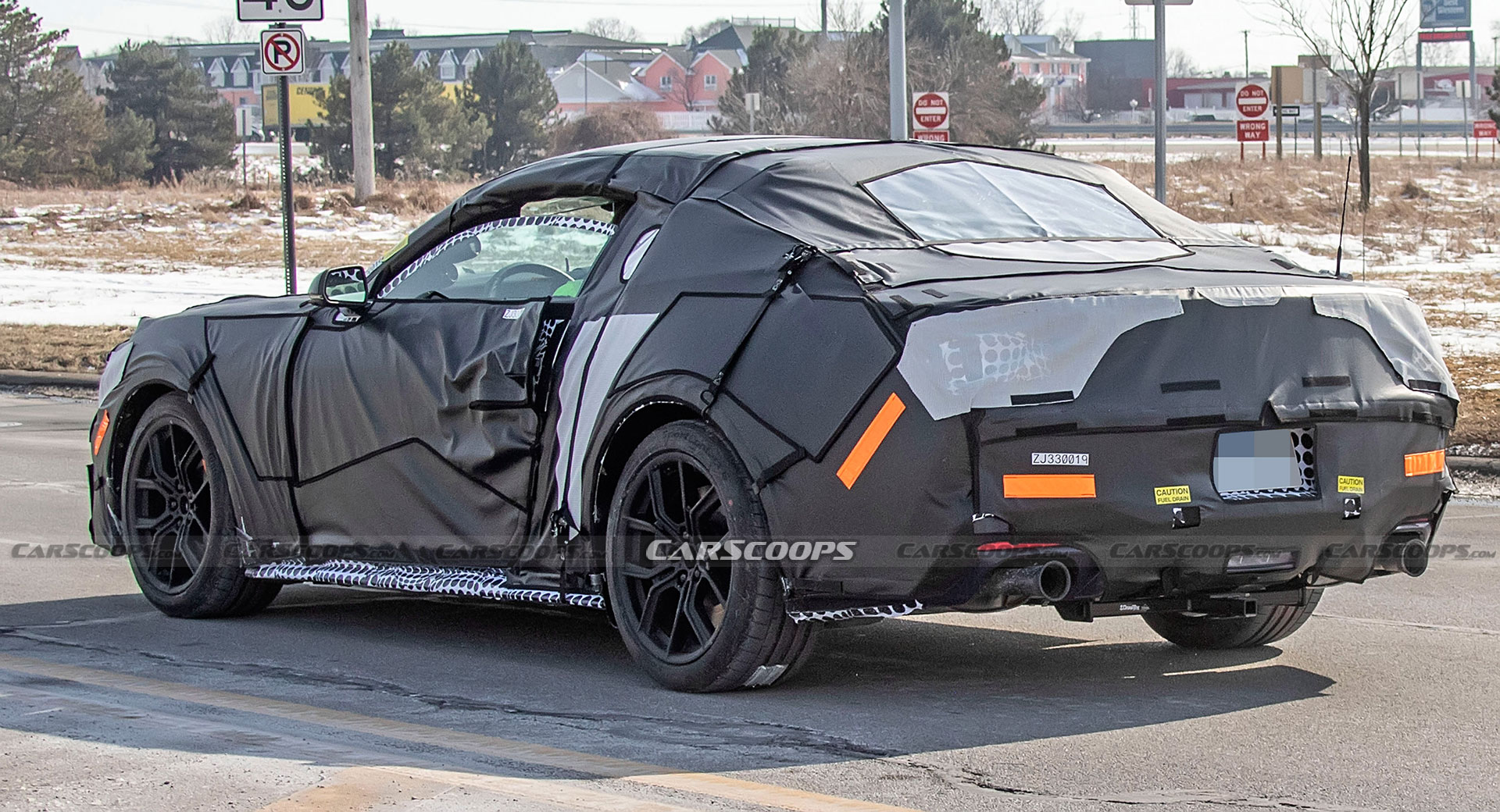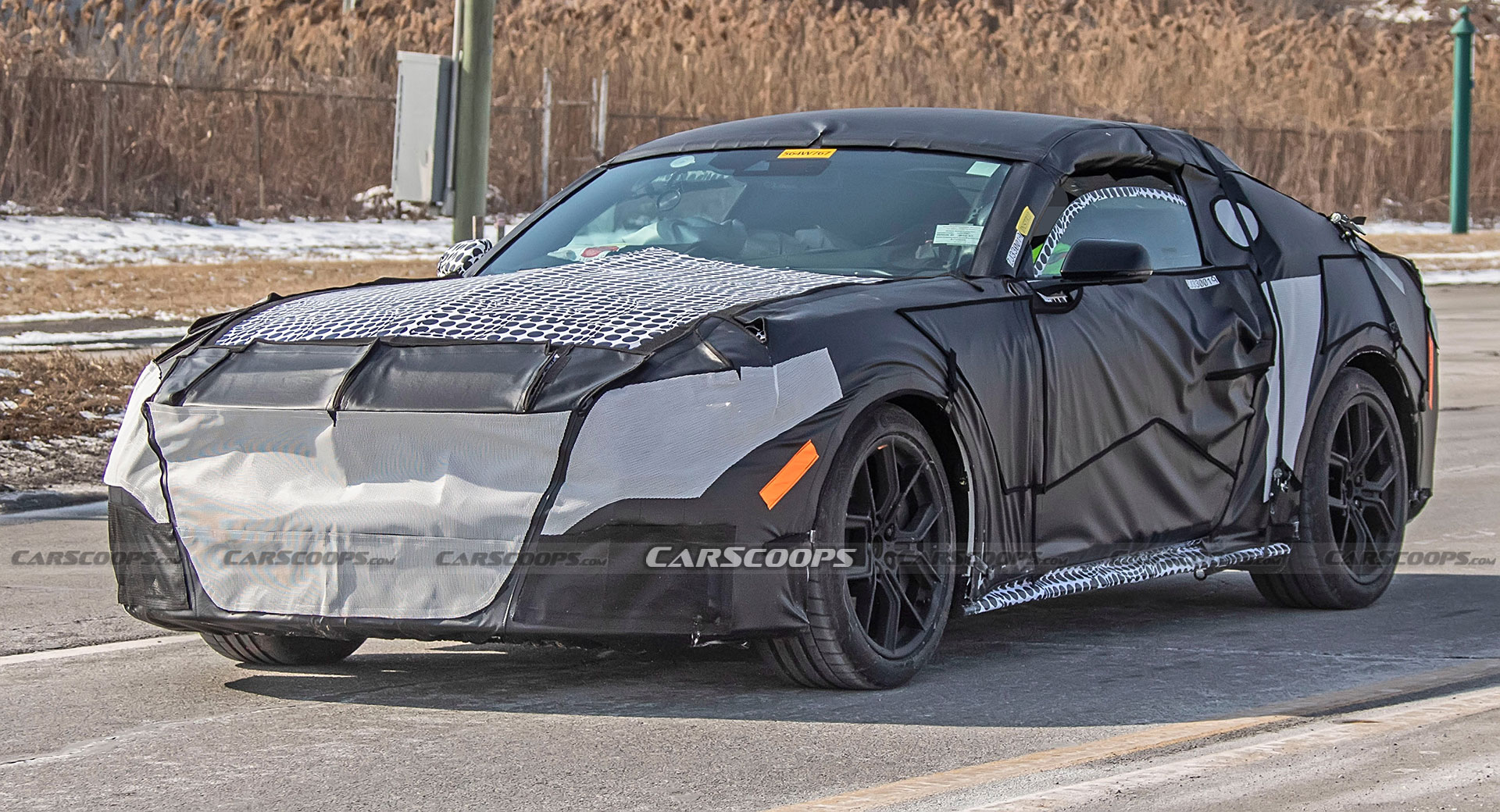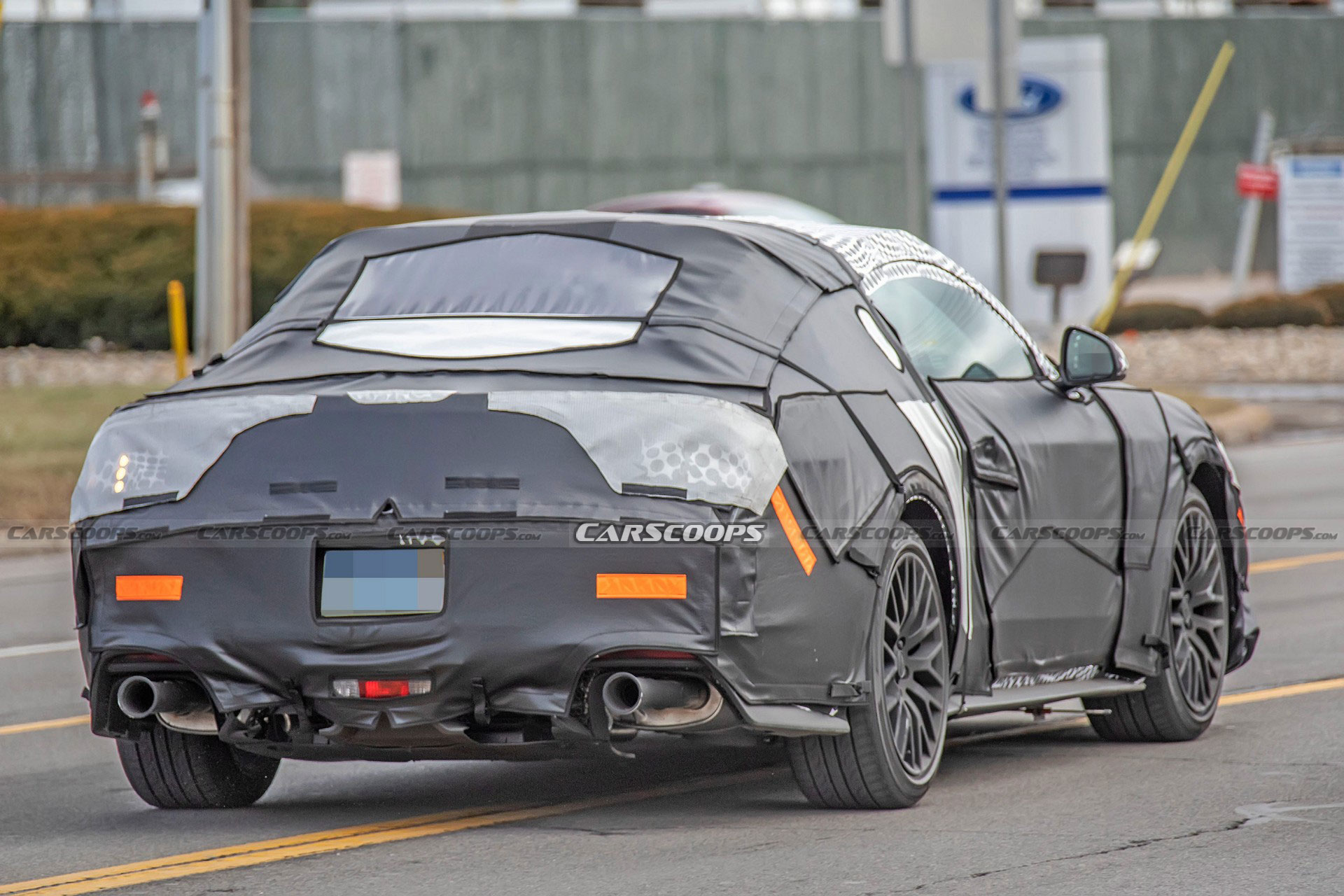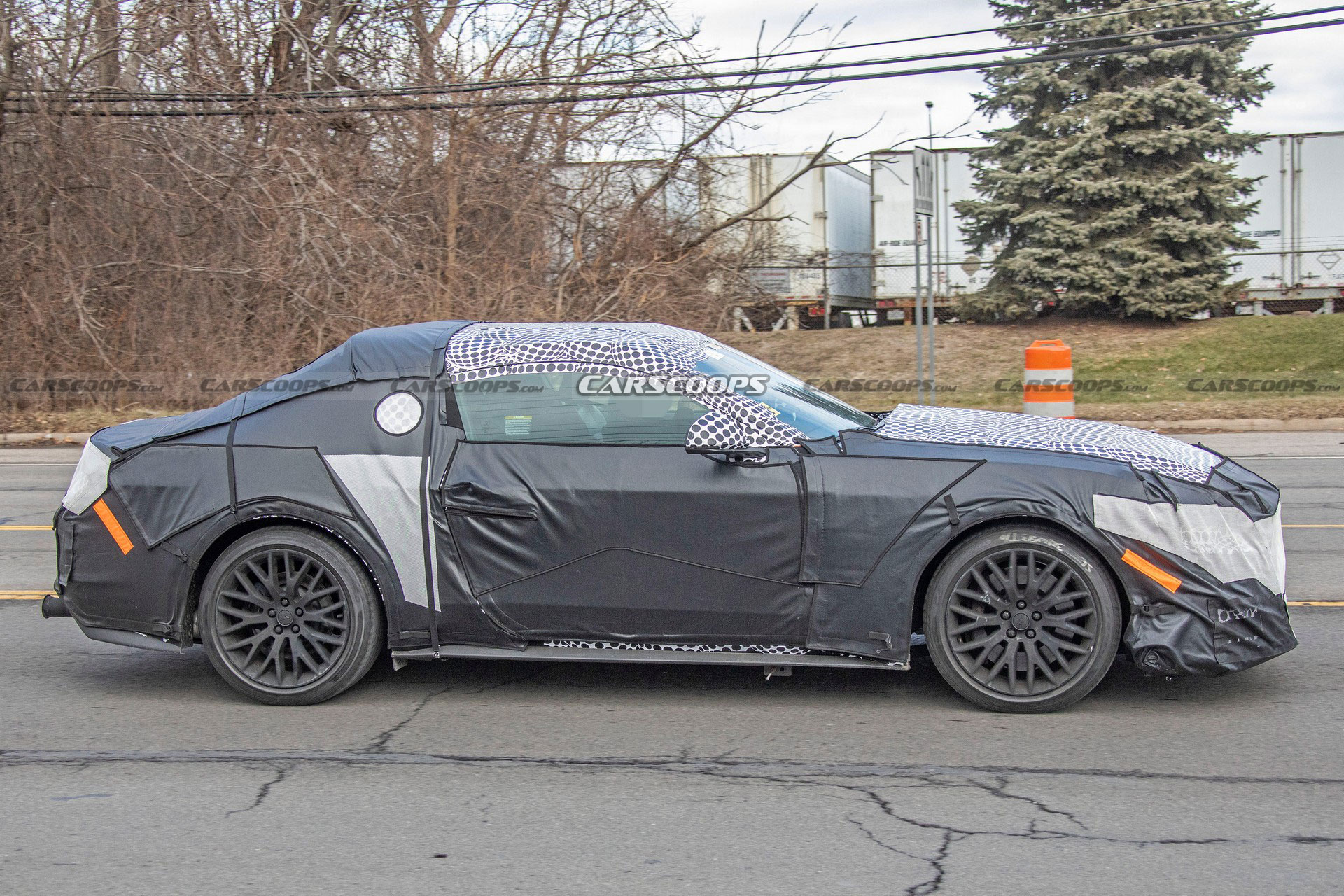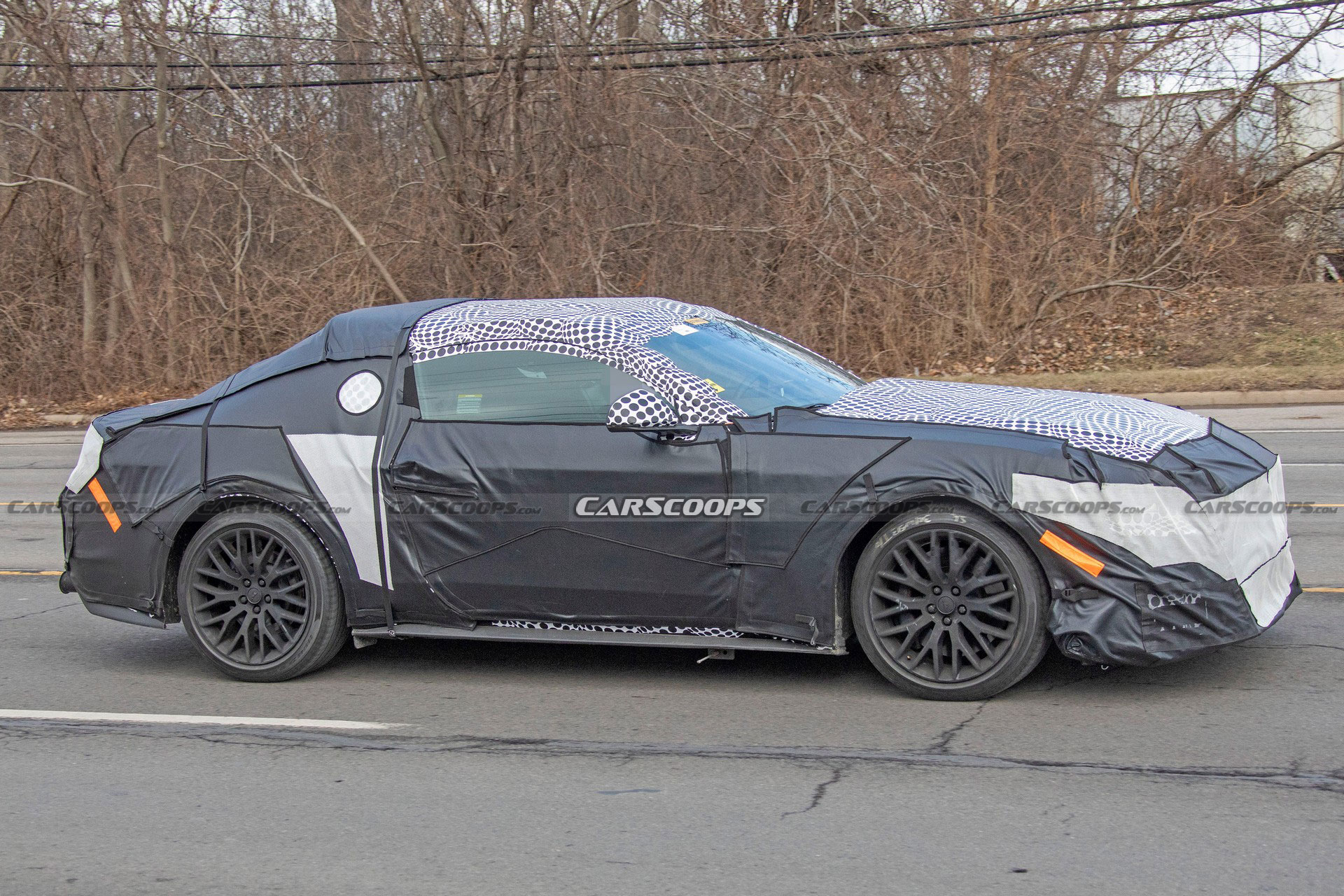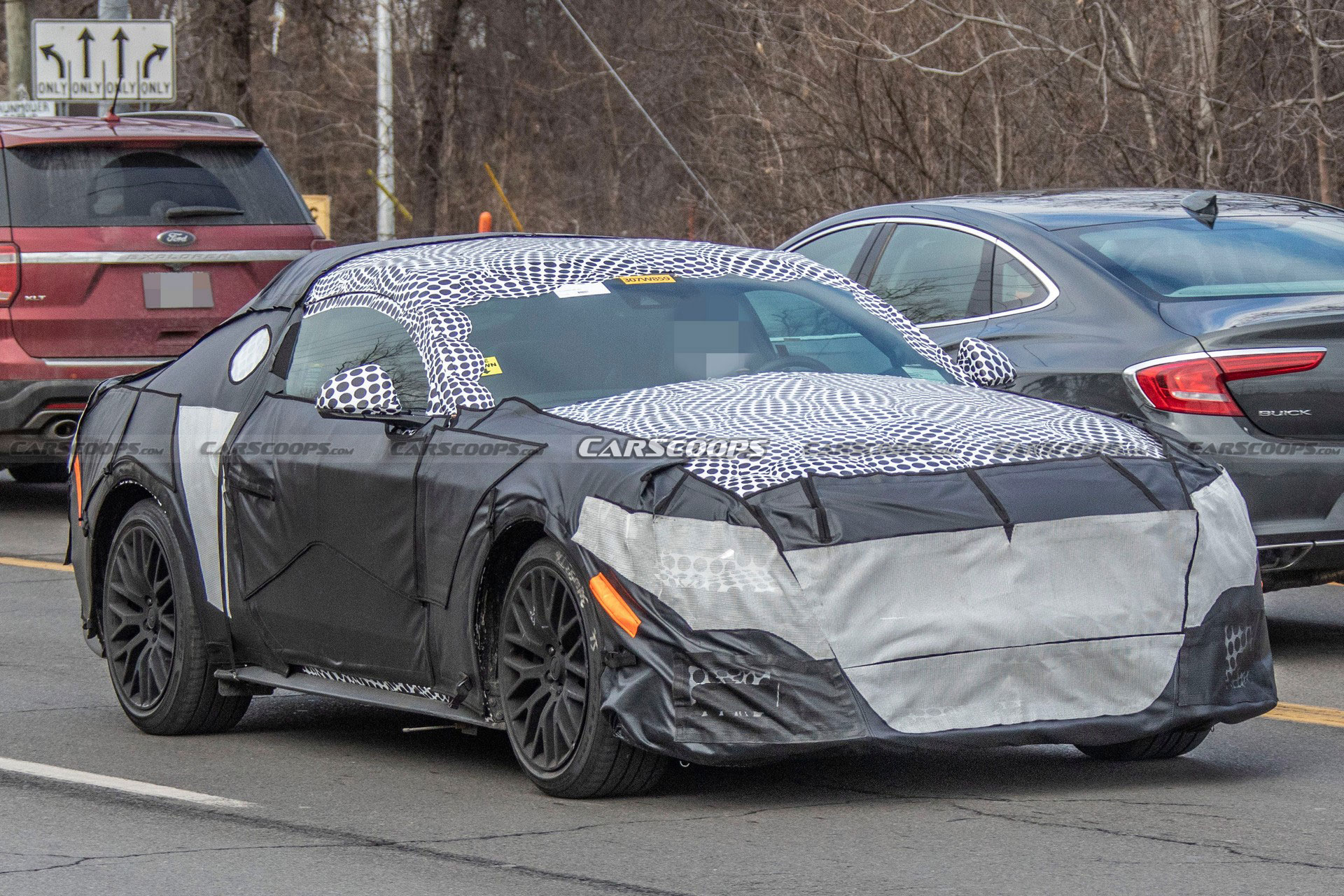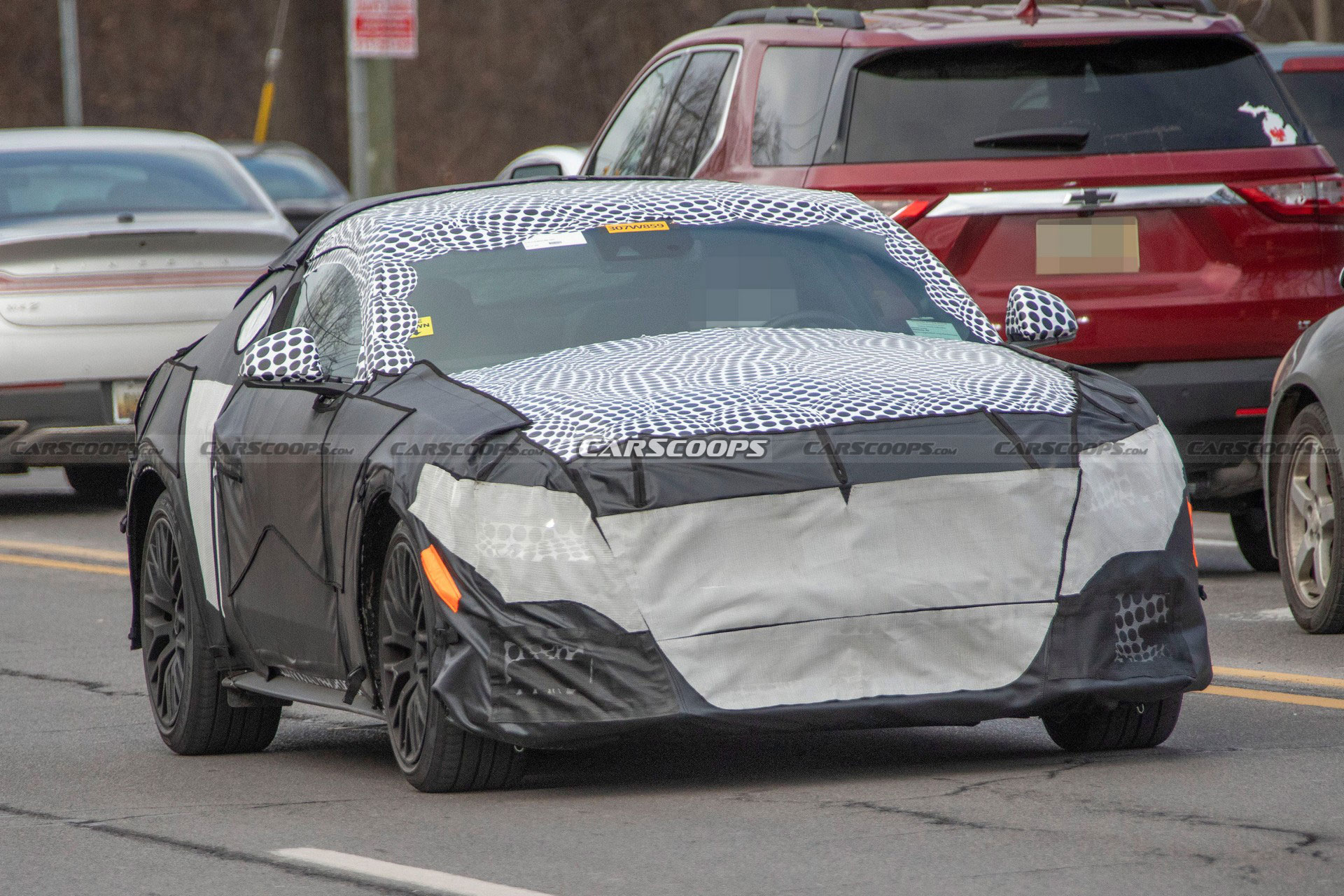We might not have to wait much longer to see the 2024 Ford Mustang as a new report says it will be unveiled at the North American International Auto Show.
While previous reports had suggested the Mustang would debut in April of 2023, an insider told Automotive News the redesigned pony car will instead be making a splash in the Motor City.
If that’s the case, it’s a major win for the show, which hasn’t been held since 2019 due to the coronavirus pandemic. However, Ford isn’t confirming anything as the company’s North American Product Communications Director, Mike Levine, told the publication “We’ve previously said the all-new, seventh-generation Mustang is on the way and we can’t wait to share more details soon.”
Also Read: 2024 Ford Mustang GT Takes To The Streets With “Definite V8 Rumble”
Ford might drop some hints at the Woodward Dream Cruise but, if not, we’ll find out for sure on September 14th when the North American International Auto Show opens to the media. The public will then have a chance to attend three days later on the 17th.
Getting back to the Mustang, spy photographers have caught the redesigned coupe and convertible on multiple occasions. The exterior is slated to be slightly edgier, while the cabin will be getting a high-tech makeover thanks to a digital instrument cluster that flows into an all-new infotainment system. They’ll be joined by a modern dashboard, updated switchgear, and higher quality materials.
Automotive News reports production is slated to begin in the first half of 2023 and two sources suggested the car will have carryover engines. However, previous reports have indicated the turbocharged four-cylinder will receive a modest performance boost to deliver around 320 hp (239 kW / 324 PS) and this seems entirely possible as the 2.3-Liter High Performance Package increases the output to 330 hp (246 kW / 335 PS).
Longer term, Ford has already confirmed plans for a hybrid variant. When it was announced in 2018, the automaker said the model would be “all about delivering V8-like performance with more low-end torque.”




